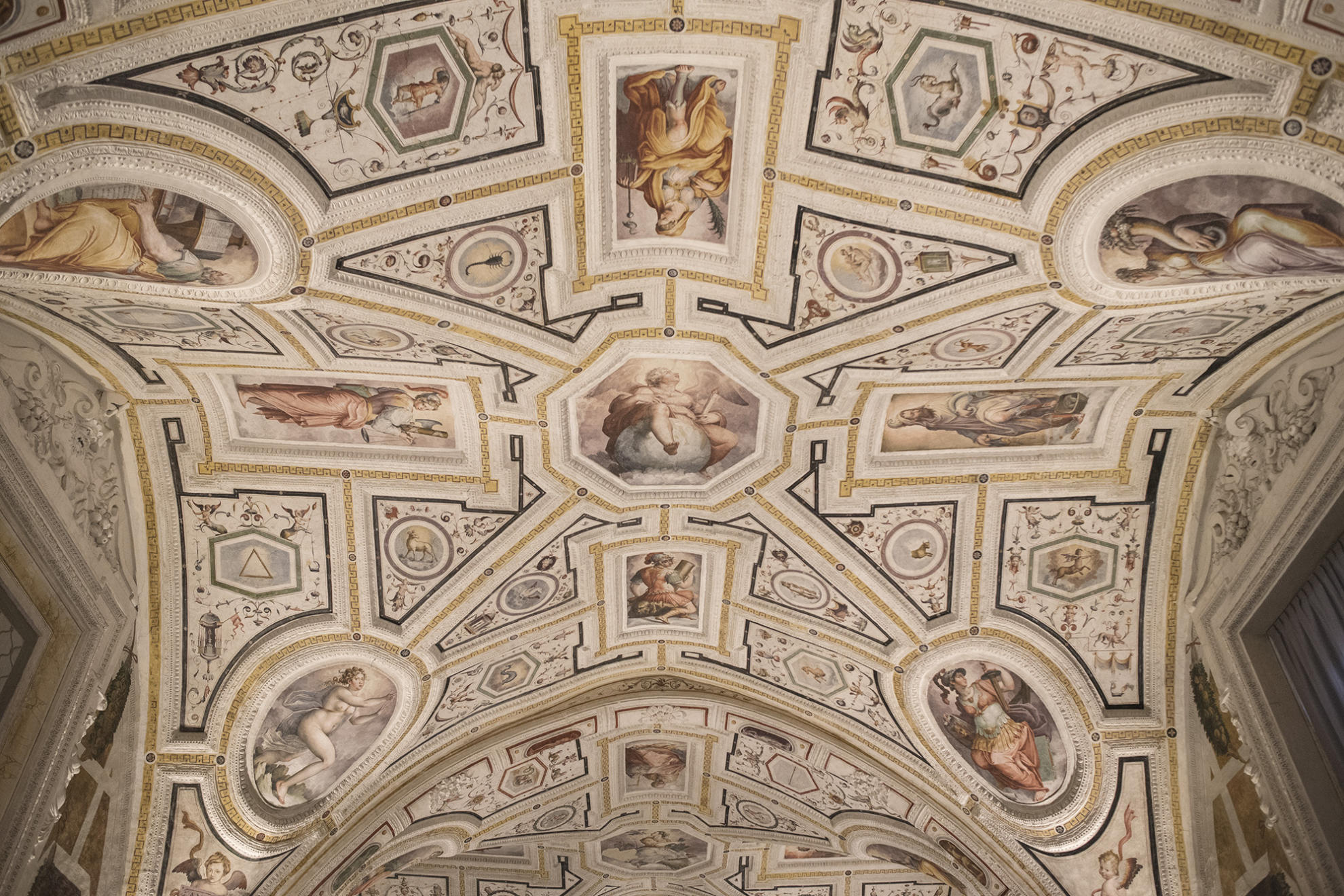«The critic has to educate the public; the artist has to educate the critic», said Oscar Wilde. What if the critic and the artist are the same person? This was the case of Giorgio Vasari, who actually was not a critic in the modern sense, as he did not write reviews but did much more: he was able to deify the artists, preferably the Tuscan ones, above all Michelangelo.
Vasari from Arezzo wrote a work that is still among the most studied among art historians today, The Lives of the Most Excellent Painters, Sculptors and Architects (1550 and 1568). An essay that contains the biographies of the main exponents of the arts of the Middle Ages and the Renaissance.
Ph. Anna Monaco

Along with his career as a historian, Vasari also pursued that of an architect and painter. And thanks to painting he was in Naples from the autumn of 1544 to the summer of '45: a stay full of works and consequences. His writings lacked pleasing words for the city: indeed, the painter let it be understood that his arrival had awakened the dormant geniuses of the Neapolitans and that nothing good was produced in Naples after Giotto. A severe jab that created controversy already among contemporaries and even more so in the following centuries.
“It is a notable thing that there had been no masters since Giotto, who in that great and noble city had accomplished works in painting of any importance”Giorgio Vasari
As soon as he arrived in the city, the first construction site he took care of was inside the church of Monteoliveto (later called Sant'Anna dei Lombardi): here, thanks also to his contacts with the monks, he decorated the refectory of the convent, now known as the sacristy. This assignment, however, at first did not excite the artist since those spaces were characterized by an old architecture and almost reluctantly he completed the work.
Ph. Anna Monaco

After giving precise indications on how to modify the vaults, Vasari began to think about the decoration, first creating two groups of three painted tables to be placed at the entrance and at the back of the room, and then focusing on the frescoes. Of those six tables, two only are preserved in Naples in the Capodimonte Museum and two in Palermo.
Ph. Anna Monaco

Ph. Anna Monaco

The frescoes with their rich decorations are still there, capable of creating a dizziness in those who look at them, intrigued by the many and unusual details. Vasari chose themes that were a warning to the monks even during meals: so the three spans were dedicated respectively, starting from the bottom, to Faith, Eternity and Religion, represented in the octagons while around, surrounded by grotesques, were the virtues as Prudence, Wisdom, Hope and Chastity.
Ph. Anna Monaco

They are monumental figures, full of suggestion, not easy to read, so much so that some of them still remain without a name today. Figures inspired by Michelangelo's art, which in turn inspired other Neapolitan artists.
Perhaps it was not love at first sight between Vasari and Naples. But Tuscan artists have always been welcome in the city, after all: just move from the sacristy to the church of Monteoliveto to find a lot of “Tuscanity”.

